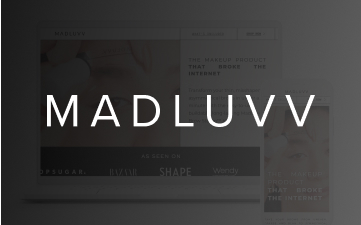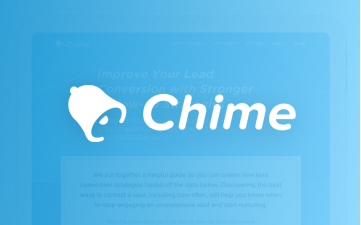Summary
As a designer, my goal is to craft user-centered designs that truly
bring value to my users. I kick off the process by immersing myself
in my user's world, observing their interactions, gathering feedback
and gaining insights into their needs and pain points. I then
strategize by analyzing my findings, looking for patterns and common
themes that help me understand my user's needs and frustrations, and
come up with a plan of action. I team up with my colleagues to
generate a wide range of ideas during the ideation phase, and then
bring those concepts to life by creating quick, low-fidelity
prototypes. I test the prototypes with real users and gather
feedback to iterate and make adjustments. Finally, during the
production and launch phase, I work closely with the development
team to ensure the final product meets user needs and aligns with
the original vision.
In the testing phase, I have a prototype that I am confident in and
I test it with real users, gathering feedback on the design, noting
what works well and what can be improved. Based on the feedback and
insights gained during testing, I may need to go back and make
adjustments to the prototype, refining the design until it's
perfect. I work closely with stakeholders to ensure that the final
product meets their expectations and that any issues are addressed
before launch. My ultimate goal is to create user-centered designs
that meet the needs of the end-users and aligns with the original
vision for the project, bringing a positive impact to the end-users.
Empathize
I actively seek to understand my users by observing their
interactions with my product, engaging in conversations with them
and discussing their current experiences and motivations. I strive
to put myself in their shoes, to understand their needs and pain
points from their perspective. I take the time to truly listen to
their feedback and gather insights through various research
methods such as surveys, interviews, and user testing. By getting
to know and understand my users, I am able to create designs that
truly meet their needs and provide a positive experience for them.
I believe that this level of understanding and empathy is crucial
in creating successful and user-centered designs.
Strategize
I take a step back and review the information I have gathered. I
analyze my observations, looking for patterns and common themes
that can help me understand the users’ needs and frustrations. I
take care to articulate these findings in a clear and concise
manner, highlighting the key issues that need to be addressed. I
use tools like user personas, user journey maps, and empathy maps
to organize and present my findings in a way that is easy for my
team and stakeholders to understand. This process of analyzing and
articulating the core issues is crucial in ensuring that I am able
to create design solutions that truly meet the needs of my users.
It allows me to stay focused on the most important aspects of the
problem and work towards finding effective solutions.
Ideate
I collaborate with an internal team to gain outside perspective on
my findings. Together, we challenge any current assumptions and
look for alternative ways to solve the issues we have highlighted.
We use brainstorming and design thinking techniques to generate a
wide range of ideas, and we don't shy away from thinking outside
the box. We discuss all of our ideas and mark the ones we find
most effective. This teamwork approach is essential to this phase,
as it allows us to generate a wide range of ideas and choose the
most effective solutions.
Prototype
I take the concepts generated during the ideate phase and bring
them to life by creating quick, low-fidelity prototypes. This
allows me to test the feasibility and effectiveness of each idea
in a tangible way. I work collaboratively with my team to receive
feedback and suggestions for improvements. I evaluate each
prototype critically, iterating and making adjustments until we
are satisfied that it is the best possible solution. This phase is
crucial in flushing out any constraints or issues that may have
been overlooked in previous steps.
Test
In the testing phase, I have a prototype that I am confident in
and I test it with real users. It can be a simple paper prototype
or a more polished clickable version. I understand that this is an
iterative process, and with each test that I conduct, I gain
insights that help me to redefine the issues or the user needs and
refine the prototype. I pay attention to users' interactions and
gather feedback on the design, noting what works well and what can
be improved. Based on the feedback and insights gained during
testing, I may need to go back and make adjustments to the
prototype, redefining the issues or the user needs, and refining
the prototype in order to create a design that is truly
user-centered and effective. I also work closely with stakeholders
to ensure that the final product meets their expectations and that
any issues are addressed before launch.
Production/Launch
My role shifts from creating and validating ideas to collaborating
with developers and guiding and championing the vision throughout
the production process. I work closely with the development team
to ensure that the design is implemented correctly and that any
changes made during the development process align with the
original design. I also ensure that the product meets the
necessary technical and functional requirements, and that any
issues or bugs are addressed before launch. Additionally, I work
closely with the project manager and other stakeholders to ensure
that the product is delivered on time, within budget, and to the
desired level of quality. I also participate in post-launch
evaluations to gather feedback and analyze the product's
performance, and make any necessary adjustments to ensure
continued success. Overall, my goal during the production and
launch phase is to ensure that the final product is of high
quality, meets the needs of the end-users and aligns with the
original vision for the project.







